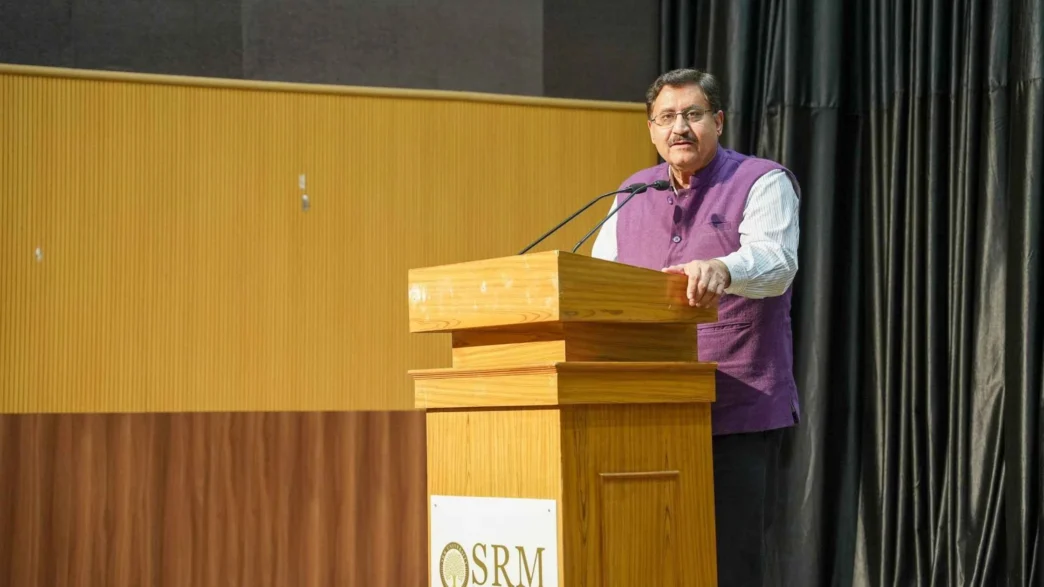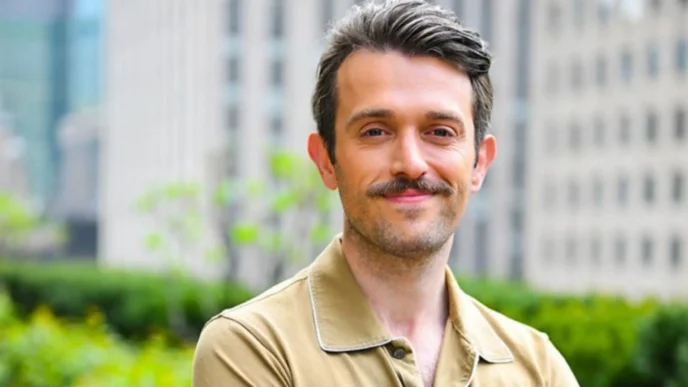Scientist and ex-director general of the Council of Scientific and Industrial Research (CSIR), with a very unfortunate news Dr. Sahni died at the age of 68 years old on August 19, 2024. A lot of praiseworthy accolades have flowed about him as a trailblazer in biotechnology. Such diversified research themes as well as his appreciation for robust leadership in CSIR have bestowed landmarks on the Indian scientific landscape.
India’s most respected research organizations, CSIR, has taken to X, formerly known as Twitter, to mourn the death of Dr. Girish Sahni. While posting at 5:40 pm, it said that it “mourns the sudden loss” of its former leader. He took over its reins in 2005, and later became the director-general of CSIR in 2015-where he stayed till the end of his term in 2018.
Life in Science
Dr. Girish Sahni scientific life has been marked by pioneering contributions in the field of biotechnology and biomedicine, specifically focusing on blood clot formation and dissolution. His discovery led to the development of drugs with thrombolytic properties, one of which, clot-specific streptokinase, received worldwide acclaim. The rights to this drug were sold to Nostrum Pharmaceuticals in New Jersey in 2006 for $5 million. In many respects, this historic deal would turn out to be the epitome for the drug’s use on a global basis and future commercial prospects. In addition to that, Dr. Girish Sahni managed teams that developed the very first indigenous clot-buster drugs in India, namely STPase marketed by Cadila Pharmaceuticals and recombinant streptokinase marketed as Klotbuster and LupiFlo.
Dr. Girish Sahni has made an iconic contribution to the development of clot busters, which has revolutionized the space of cardiovascular medicine by offering life-saving and life-altering treatments to patients suffering from thrombotic disorders. His contributions were accepted as well as supported in various aspects, with many laurels that include National Biotechnology Product Development Award in the year 2002, CSIR Technology Shield for 2001-2002, and Vigyan Rattan Award in 2014.
Challenge and Success Stories: Director-General of CSIR
The tenure of Dr. Girish Sahni saw landmark for the organization-it was when some policies brought the Indian government had been Bharatiya Janata Party-led which made CSIR financially more self-sustaining. Policy changes emerged in 2015 just when he assumed the director-general position. The government had also expected CSIR to meet half of its costs within a few years, the step that was also in tandem with views of Dr. Sahni who admitted no compromise between “academic publication” and market-ready products that can earn money for India. “It’s high time Indian scientists rose to the occasion,” he once remarked, imploring them to shift from “pure academic pursuit” toward applied research which serves public interest and the nation at large.
This made the transition to self-financing quick. The labs under CSIR faced severe budget cuts, and back in 2017, Dr. Girish Sahni declared a financial emergency. A letter circulated by him then among the CSIR staff revealed a bleak financial scenario: out of CSIR’s ₹4,063 crore allocation for the fiscal year 2017-2018, only ₹202 crore was available for laboratory allocations and new research projects. The rest fell into the kitty of capital costs, salaries, and pensions, the latter of which was swollen by the enhanced expenditure on salaries post the 7th Pay Commission report.
Dr. Girish Sahni asked the CSIR labs to list their existing as well as emerging technologies and at least one high-impact technology that had potential for commercialization. He also entrusted CSIR’s Business Development Group with drawing up a strategic plan for promoting CSIR’s intellectual assets. New projects would now involve stakeholder partnerships to cover all temporary manpower, consumables, and a portion of capital costs. This, although necessary for sustainability, posed problems in certain pockets, with scientists and administrators alike beginning to question the absence of support structures for industry-driven funding in India.
Controversies and Criticisms
In 2016, CSIR was accused of public obloquy after Prime Minister Narendra Modi publicly eulogized BGR-34, an alleged antidiabetic product developed by two CSIR labs in Lucknow, in a speech. While the product had the CSIR logo, it was being sold by a private company and had earned criticism from various scientists who questioned the scientific rationale of its claim. This controversy deepened an already existing controversy regarding CSIR’s role in achieving the standards of science and ethics expected of a scientific community by its products carrying the name CSIR.
Despite all this, he never deviated his focus from his vision of making a financially self-sustained CSIR. He projected that CSIR would one day reach ₹1,000 crore in annual revenue; the actual figures tallied barely that, which ranged between ₹475 crore and ₹550 crore in 2014-18. The difference only accentuated the problem of CSIR’s shift toward a self-funded model and threw light on the limitations of Indian scientific institutions to attain such funding structures.
The tenure of Dr. Girish Sahni as the director general of CSIR ended in 2018, but the fallout continued to be seen within CSIR and in the scientific community. He was a fellow of India’s three leading science academies and remained associated with IMTECH, which he had greatly contributed to in his decades-long career.
Dr. Girish Sahni legacy goes way beyond scientific contributions he made; he strived to transform the way India should look at scientific research and innovation. Work on clot-busting drugs is a testament to Indian biotechnology in the making, and tenure as director-general indicates his commitment towards the completion of CSIR as an independently self-sufficient organization that could better contribute to India’s national interests. Though he encountered numerous obstacles and challenges, the leadership of Dr. Girish Sahni started much-needed debate on the necessity of public science institutions at a time when rapid change in the economic and political sphere was underway.
In Memoriam
As CSIR comes to terms with the loss of a visionary leader, contributions of Dr. Girish Sahni to the scientific community and his efforts toward financial sustainability of CSIR shall be remembered as seminal moments in India’s scientific history. This marks the close of a distinguished career that has left strong impacts on scientific research, medical innovation, and institutional transformation in India. Dr. Girish Sahni continues to inspire the generation of scientists who carry out science that is at once scientifically robust and practically meaningful as it zeroes into the gap between discovery and application in service of the public good.
FAQs on Dr. Girish Sahni’s Legacy at CSIR
-
What was Dr. Girish Sahni’s notable scientific contribution?
He brought clot-specific streptokinase to develop clot-busting drugs, revolutionizing the treatment of cardiovascular disease.
-
What impact did Dr. Sahni have on CSIR’s funding model?
He tried to move toward financial self-sustainability by promoting applied research and partnerships with industry.
-
Why did Dr. Sahni’s tenure at CSIR become controversial?
He has been criticised during his tenure for greater emphasis on self-funding, which sometimes resulted in budget constraints and some controversies surrounding CSIR-branded products.
-
What is the Long-Term Impact of Dr. Sahni?
That bridge between research for the sake of science and for practical applications did bring about a transformative influence on Indian biotechnology and the approach of CSIR towards innovation.













